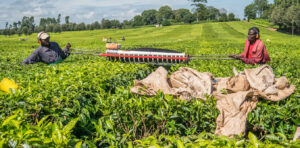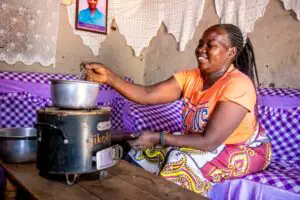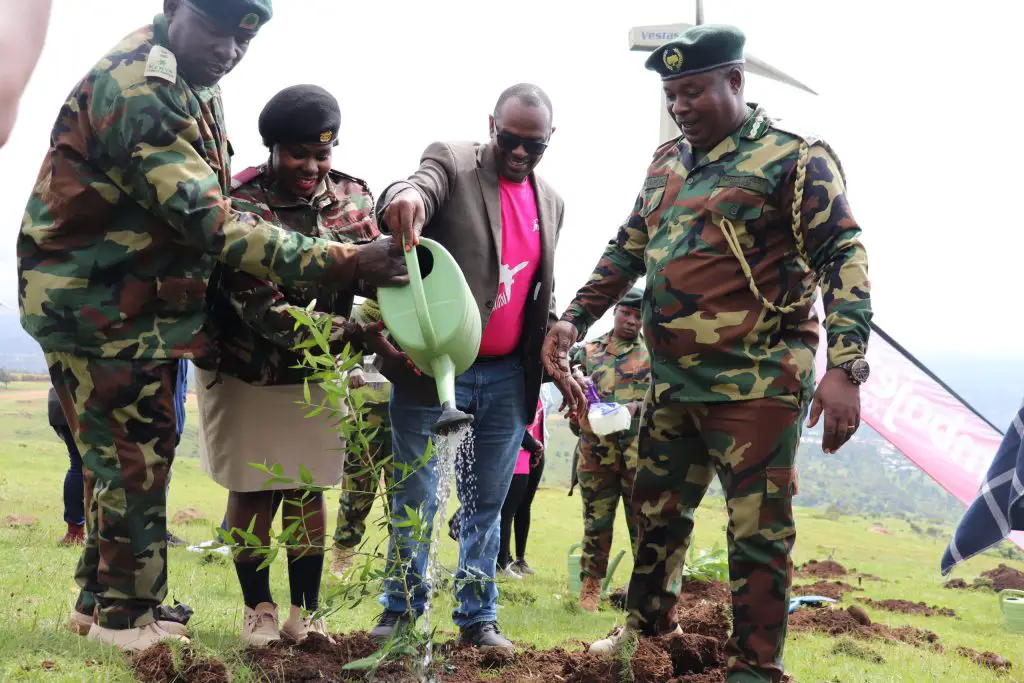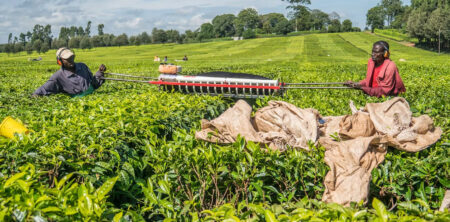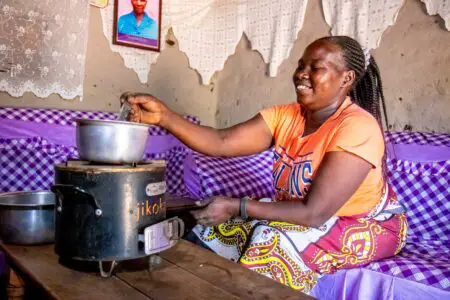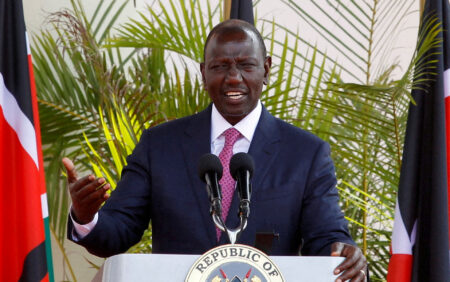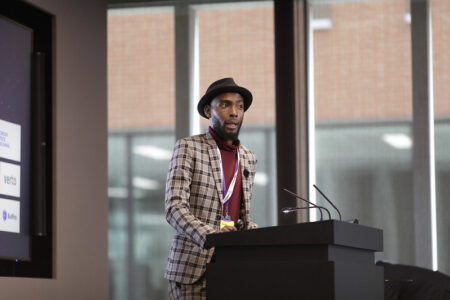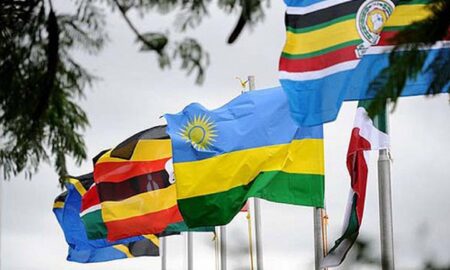- Jambojet aims to plant at least 2 million trees by 2050
- In addition to planting trees, Jambojet acquired six new Dash 8 Q400 which produce 50 per cent lower CO2 emissions in comparison to narrow body jets
- Energy generation was the second-largest source of emissions at 31.2 per cent, with other fuel combustion and transportation contributing 74.3 per cent of energy emissions
Low-cost airline Jambojet has joined the Kenya Forest Service ‘Adopt-A-Forest’ framework which aims at boosting forest cover in line with the government of Kenya’s objective to achieve 10 per cent forest cover by 2030 – currently at 8.83 per cent.
10 per cent forest cover translates to about 2 billion trees, according to Kenya’s National Climate Change Action Plan (NCCAP 2018-2022) under Climate Change Priority 4.
So far Kenya has surpassed the 2022 minimum target of 10 per cent tree cover to achieve 12.13 per cent.
The airline aims to plant at least 2 million trees by 2050 in 7 of the 8 Kenyan destinations it flies to including Nairobi, Mombasa, Kisumu, Diani, Malindi, Eldoret, and Lamu.
Read: Jambojet launches additional local flights, gears towards regional expansion
Jambojet operates an average of 140 flights per week and has flown over 5 million passengers since its inception on April 1, 2014. Being the leading low-cost airline, Jambojet is cognizant that its operations significantly impact the environment, and in 2018 focused its environmental sustainability pillar on 3 SDGs: 13, 14, and 15. SDG 13 is based on Climate Action SDG 14 seeks to conserve and sustainably use the oceans, seas and marine resources for sustainable development while 15 focuses on the sustainable use of terrestrial ecosystems, sustainably managing forests, combating desertification, and halting and reversing land degradation in addition to putting a stop to biodiversity loss.
“We heed the global call for net-zero transition, and tree planting is one of the activities we consciously take part in to reduce the impact on the environment from our operations. We have been actively involved in tree planting activities with schools, public institutions, and the private sector, and the partnership with the Kenya Forest Service offers a great framework for adoption,” said Karanja Ndegwa, Jambojet Managing Director and CEO during the groundbreaking ceremony at Ngong Hills Forest.
Jambojet has participated in tree planting activities in Eldoret – part of the Eldoret City Marathon whose theme is ‘Running for Climate Action. They have also planted trees at the Headquarters and in the various schools, they support the Education pillar. To ensure the survival of the tree seedlings planted, the two organizations will work closely with the local communities that will care for the trees until maturity.
Reduced CO2 emission
In addition to planting trees, Jambojet has implemented other strategies to reduce its carbon emission. “To further reiterate our commitment towards reducing carbon emission, in 2017, we acquired six new Dash 8 Q400. These jets have eco-friendly operating procedures and product improvements to become the lowest CO2 emitter per passenger and boast the lowest fuel consumption. They produce 35 per cent lower CO2 emissions compared to regional jets and 50 per cent lower CO2 emissions in comparison to narrow body jets,” said Karanja Ndegwa of the De Havilland Canada (DHC) Dash 8 Q400.
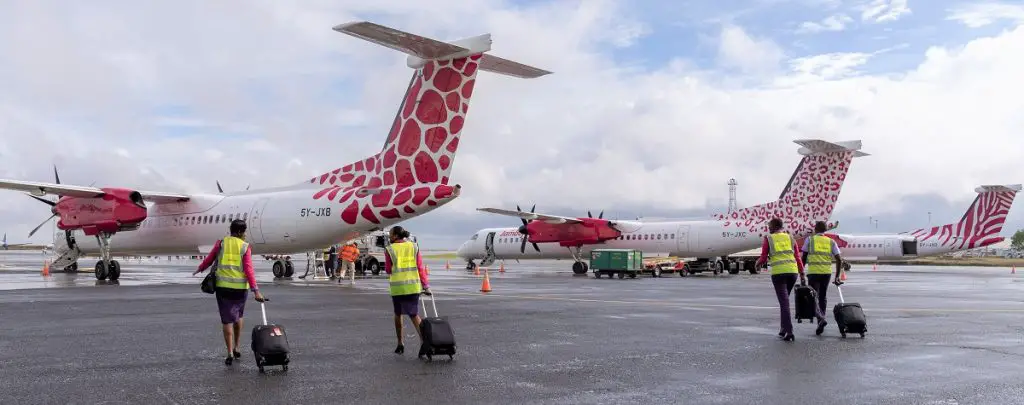
The aircraft has a 14-passenger expanded seating capacity – without compromising passenger comfort — which means that there’s up to 8 per cent lower fuel burn per seat versus competing turboprops. When compared to regional jet aircraft, the Dash 8-400 consumes 35 per cent less fuel which helps reduce our carbon footprint while maintaining efficient short-haul flying.
Also read: Jambojet acquires new aircraft for regional expansion
According to the World Resources Institute Climate Analysis Indicators Tool (WRI CAIT), in Kenya, the transport sector generates the second-largest share of greenhouse gas emissions (GHG). Greenhouse gas emissions from transportation primarily come from burning fossil fuels for cars, trucks, ships, trains, and planes.
“Energy was the second-largest source of emissions at 31.2 per cent, with other fuel combustion and transportation contributing 74.3 per cent of energy emissions while Industrial processes and waste contributed 4.6 per cent and 1.4 per cent, respectively,” reads the report in part.
“Agriculture is the leading source of GHG emissions in Kenya in 2013, contributing 62.8 per cent of total emissions. Within agriculture, 55 per cent of emissions were due to enteric fermentation from livestock and 36.9 per cent due to manure left on pasture.”
Reduced Noise Footprint
“In addition to being quiet on the inside, the Dash 8-400 aircraft’s external noise footprint is about half of a jet aircraft during take-off, minimizing noise impact to communities surrounding airports,” states the company’s website.
